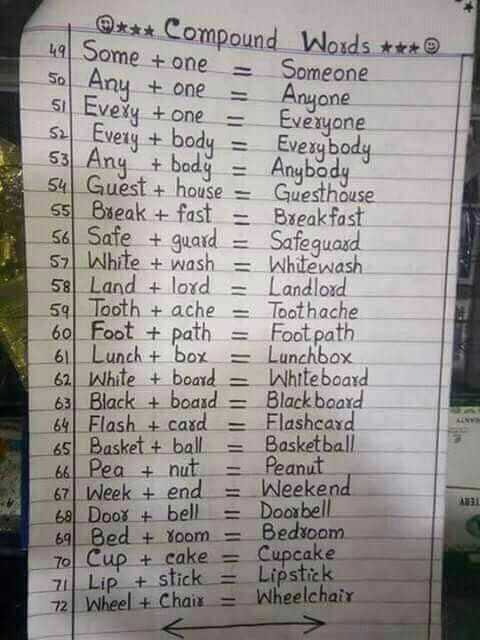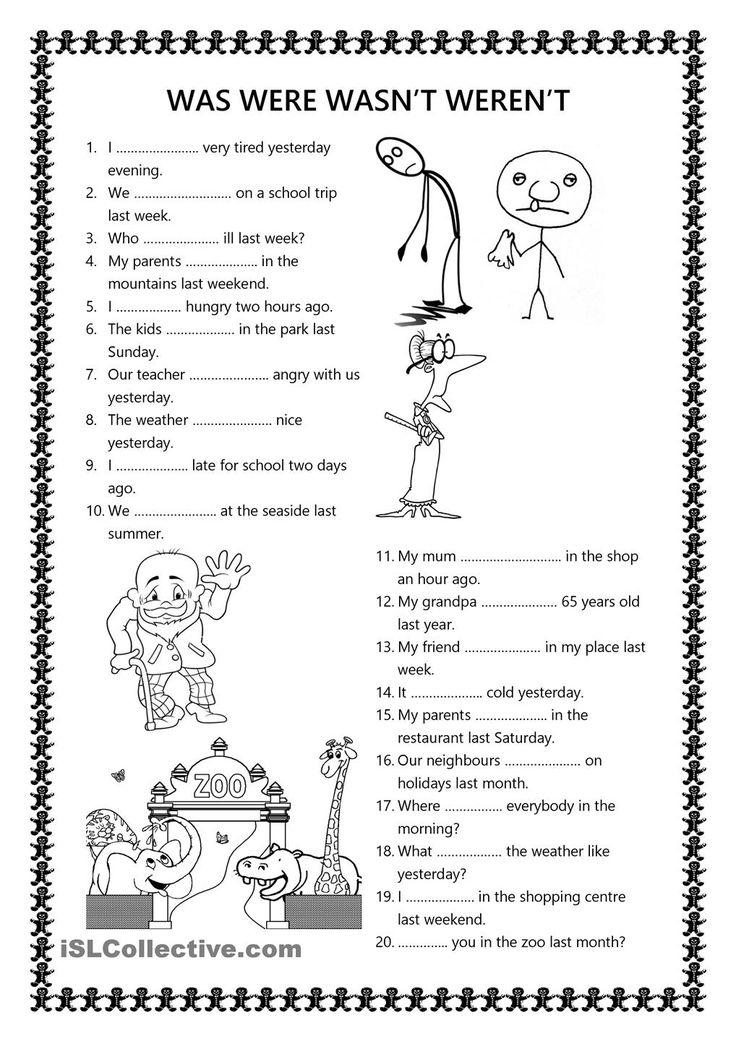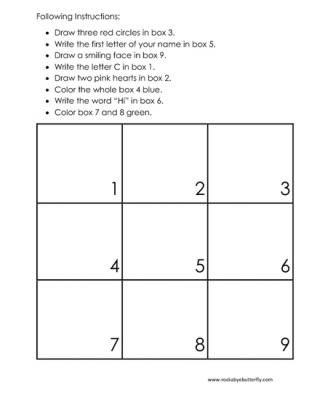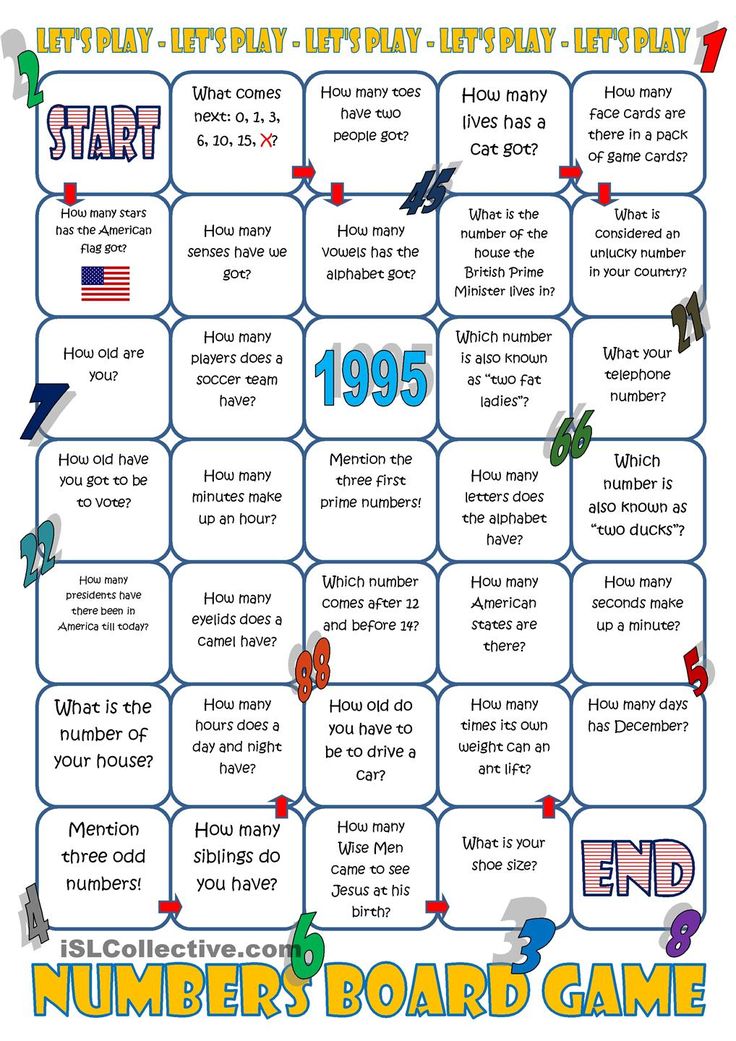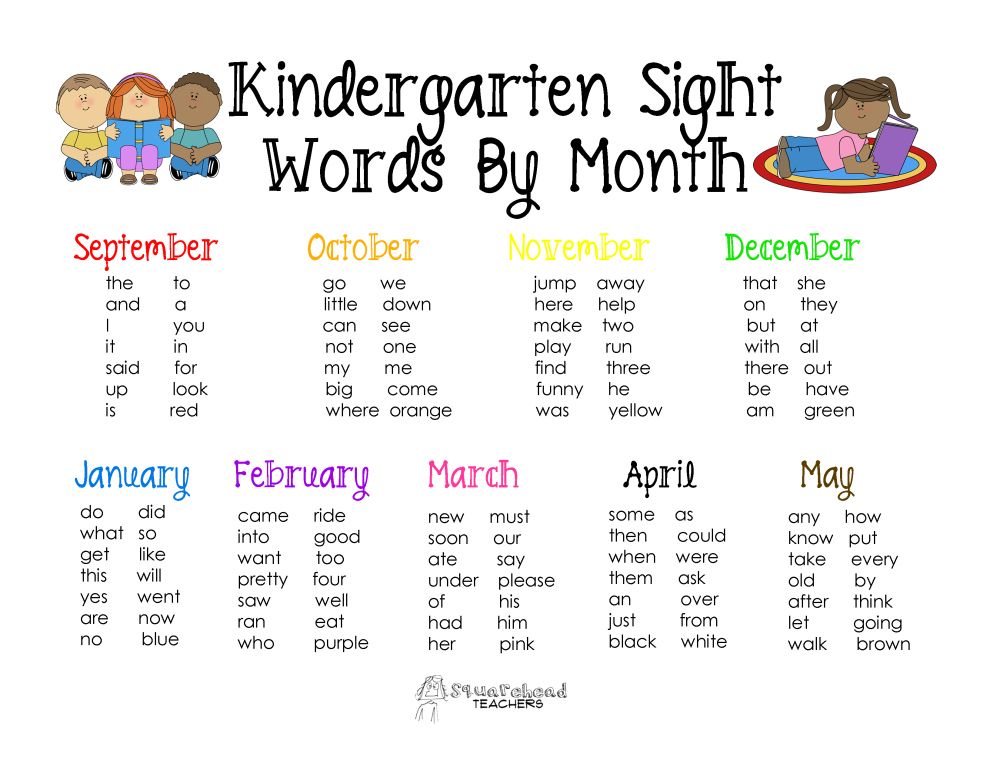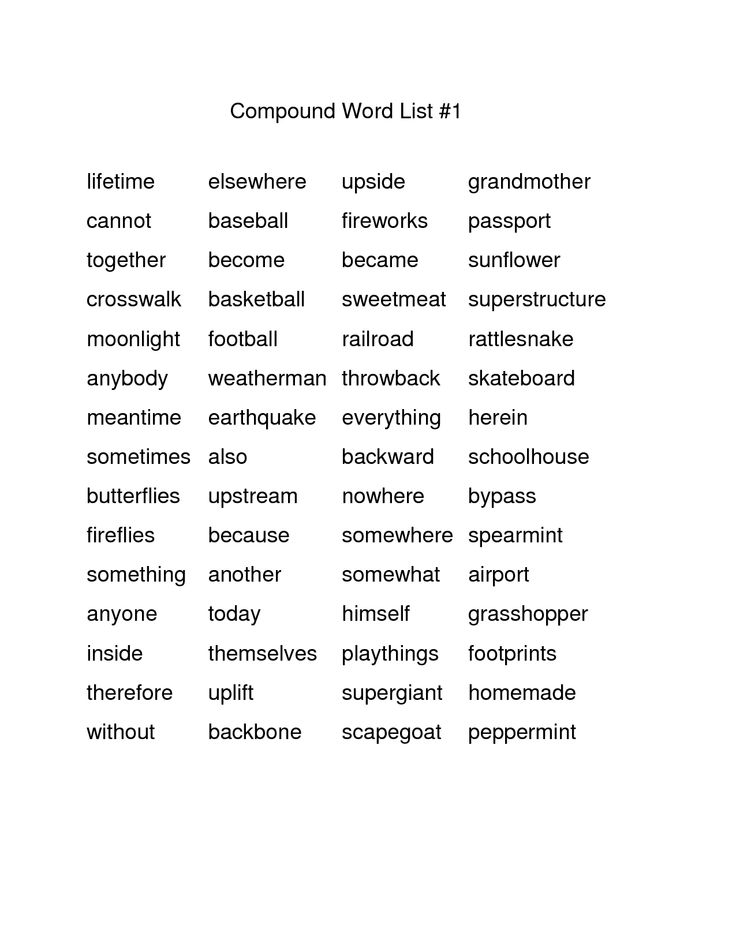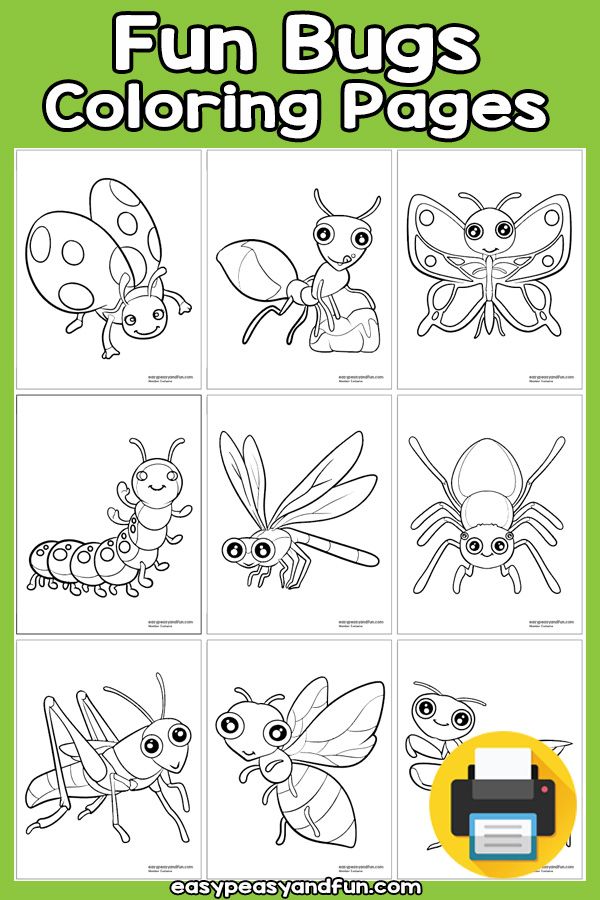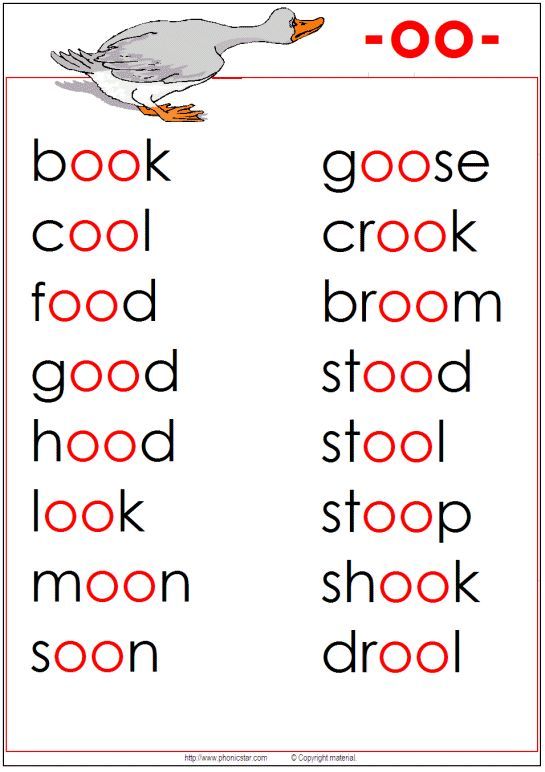How to teach phonograms
How to Teach Phonograms (+ 3 FREE Printable Games!)
by Marie Rippel
Understanding phonograms is vital to your child’s success in reading and spelling—but the thought of teaching them may seem intimidating. Fear not! Phonograms are actually very simple to understand and easy to teach.
Let’s start with a quick definition.
What Are Phonograms?
A phonogram is a letter or combination of letters that represent a sound. For example:
- CK is a phonogram that says /k/ as in clock.
- S is a phonogram that says /s/ as in sat or /z/ as in has.
- OY is a phonogram that says /oi/ as in boy.
The word phonogram comes from Greek and is literally translated as the “written symbol for a sound.”
Why Should You Teach Phonograms?
Simply put, phonograms make learning to read and spell much easier!
Take a look at the word past. If you pronounce the word slowly to hear the individual sounds, you will hear four different sounds: /p/–/ă/–/s/–/t/. For each sound, we can write down a phonogram. This 10-second video shows exactly how this is done.
That was an easy example, but the same principle also applies to multisyllable words. Here’s the word winter.
As you can see, your child doesn’t need to remember w-i-n-t-e-r as a random string of letters. Instead, he can just segment the word and represent each sound with a phonogram.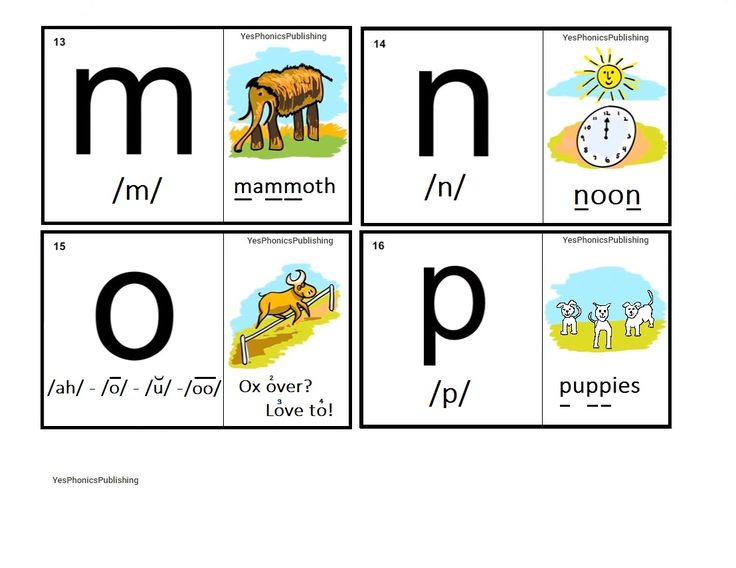
Listen to the Phonograms with Our Free App
Just click a button below to hear the correct pronunciation of the phonograms.
(If you are on a slow internet connection, there may be a slight delay. The downloaded version of the app will not experience this delay.)
You can download the free app on your computer, tablet, or phone here.
The button colors match the colors of our letter tiles to reinforce learning, and the phonograms are arranged in logical groupings, matching the labels provided with the letter tiles.
Phonograms Are Like Building Blocks
Phonograms are the building blocks of almost every English word. In fact, a study of 17,000 words showed that the vast majority of words follow the regular phonogram sounds. Only 3% of the words are completely irregular (such as said and of).1 This means that there are very few words that must be learned through repetition and rote memorization.
Since phonograms represent sounds, the number of letters in a word doesn’t necessarily correspond to the number of phonograms.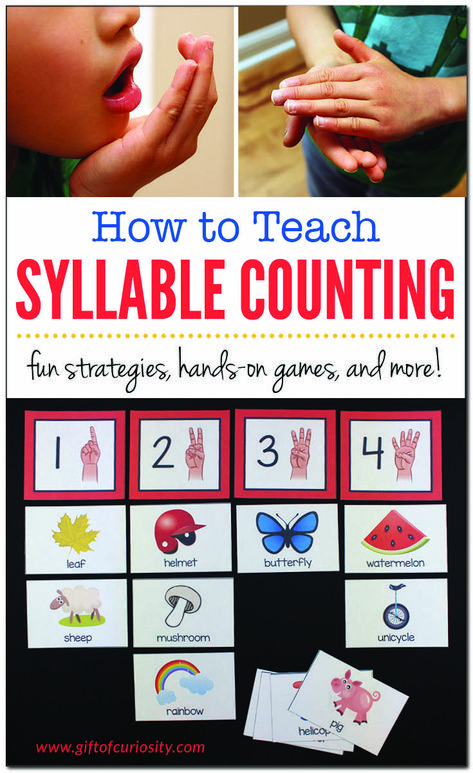 Here are some examples:
Here are some examples:
How to Teach Phonograms
If you’ve been hanging around our blog for a while, you know by now that we teach everything very incrementally, step-by-step. It would overwhelm most kids to have to learn all the phonograms at once, so we teach just a few phonograms at a time. Once your child has mastered those, we introduce a few more.
Flashcards (known as Phonogram Cards) are an efficient way to teach and review the phonograms, and we include them right in the All About Reading and All About Spelling programs.
The front of the card shows the phonogram. This is the side you show your student.
The back of the card has information for you, the teacher. It shows the sound of the phonogram, along with a key word.
If you are using All About Reading or All About Spelling, these steps are included right in the lesson plans.
- Show the Phonogram Card.
- Demonstrate the sound.

- Have your student repeat the sound.
- After several repetitions, see if the student can say the sound without your prompting.
The goal is to flip through the flashcards and have your student say the phonograms without pausing to think.
Organizing Your Phonogram Review Cards
To stay organized, sort the Phonogram Cards behind three dividers:
- “Review” divider: Cards that your child is currently learning go here.
- “Mastered” divider: This is where you’ll put the Phonogram Cards that your child knows inside and out.
- “Future Lessons” divider: This is the parking spot for cards that haven’t been presented yet.
And this is important: after your child knows the phonograms, don’t forget to review! Quickly flip through a handful of cards at the beginning of every lesson to keep them fresh in your child’s mind.
Download These 4 Free Printable Games to Practice Phonograms
There’s no better way to review phonograms than by playing a game! Choose one of these games (or all four!) to make practice time go by more quickly.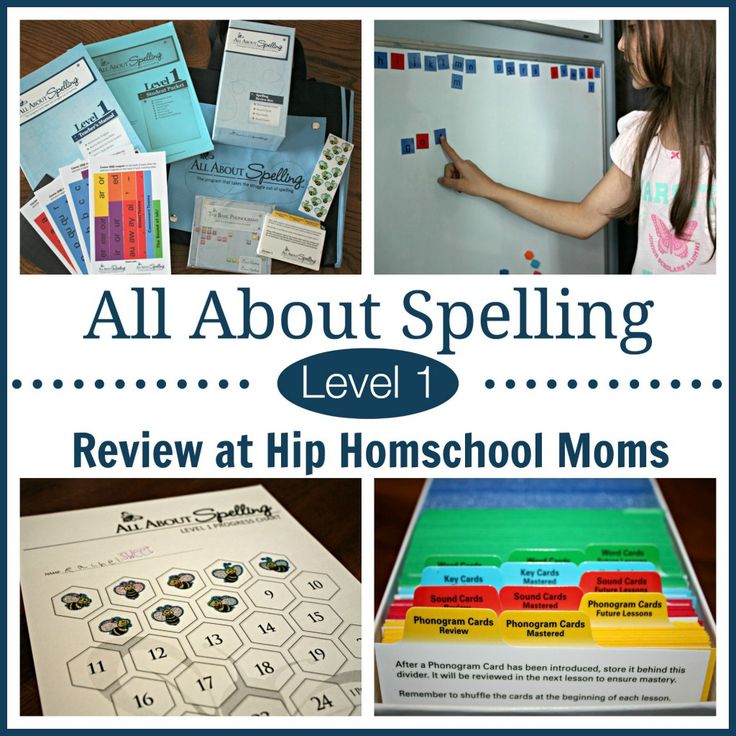
Try Not to Moo
Try Not to Moo is an effective and super silly new way to practice phonograms that makes review time extra me-moo-rable! Designed to be used in conjunction with All About Reading or All About Spelling, this activity can also be used independently.
Get instant access to Try Not to Moo!
Swatting Phonograms
If your phonograms review and practice sessions are falling a little flat, here’s a great hands-on activity that you can slip in whenever you have a few extra minutes. It’s so much fun your child might not even realize he’s practicing!
Check out our super fun (and kind of gross) Swatting Phonograms activity!
Fun with Phonograms
Playing games is a great way to reinforce learning with children, and our easy-to-assemble printable game boards give you five different ways to have fun with phonograms! It’s as easy as 1-2-3—just download, print, and play!
Get instant access to Fun with Phonograms!
Phonogram Jungle Bingo
It’s easy to review phonograms when you have a great game to play! And who doesn’t love a good game of Bingo? Just print our jungle-themed bingo boards and grab your phonogram cards. You’re ready to go!
You’re ready to go!
Download the PDF for Phonogram Jungle Bingo!
The Bottom Line for Teaching Phonograms
With phonograms, reading and spelling are much easier! Here are a few things to keep in mind:
- An understanding of phonograms is vital to your child’s success in reading and spelling.
- Phonograms are simple to understand and easy to teach.
- Tools like the Phonogram Cards, the Phonogram Sounds App, and simple games are a great way to help your child master the phonograms.
- Review is essential!
Was this post on phonograms helpful to you? Let me know in the comments below! And then download our “20 Best Tips for Teaching Reading and Spelling” for even more great information!
___________________________________
1. Hanna, P.R., Hanna, J.S., Hodges, R.E., & Rudorf, H. (1966). Phoneme-grapheme correspondences as cues to spelling improvement. Washington, DC: United States Office of Education Cooperative Research.
7 Best Tips for How to Teach Phonograms [Download List]
Today I’m going to explain exactly how to teach phonograms to your child at home so you can teach them to read. Phonograms are the building blocks of the English language.
The phonogram tips, resources & activities in this post are the main tools I’ve used to help our children learn to read between ages 4-6, and I know they’ll work for you too.
At first, I was intimidated by teaching our kids to read because I don’t have a background in literacy education. I thought you had to be a professional.
As it turns out, learning to read snuggled up on the couch next to Mom or Dad is one of the best gifts! It is so fun to come alongside your child as they discover the magic of reading. (Well, sometimes it’s painfully slow and frustrating. But the end result is really fun!)
So, let’s dive right into this complete guide for how to teach reading & spelling using the phonograms.
What are phonograms?A phonogram is a letter or combination of letters used to represent a sound.
Some phonograms have one sound. Others have 2 or more sounds. Sometimes people call these, “phonics sounds,” but phonograms is a more accurate term.
For example,
- C is a phonogram that says /s/ in cereal or /k/ in cat.
- T is a phonogram that always says /t/ in twirl.
- TH is a phonogram that says /th/ in tooth and /TH/ in this.
- A is a phonogram that says /a/ in cat, /ā/ in face, and /ah/ in fall.
Phonics instruction is the reading instruction method of learning phonograms, and blending them together to form words.
This short video gives an overview of how to teach a few different phonograms, and how to do the letter sounds correctly.
Steps to Starting Reading at Home
- Understand reading readiness & whether your child is ready to start the process.
- Start teaching first 26 phonograms (explained in this post you’re currently reading!)
- Play say it slow/ say it fast blending game while you learn phonograms.
- Child masters first 26 phonograms.
- Transition to word building & reading with the instructions in this post.
- Continue teaching 3-5 phonograms per week until all 75 are mastered. Once mastered, review occasionally for several years or until child is a proficient speller.
Whether or not your child is already reading, you should teach phonograms because it’ll make their life so much easier for spelling.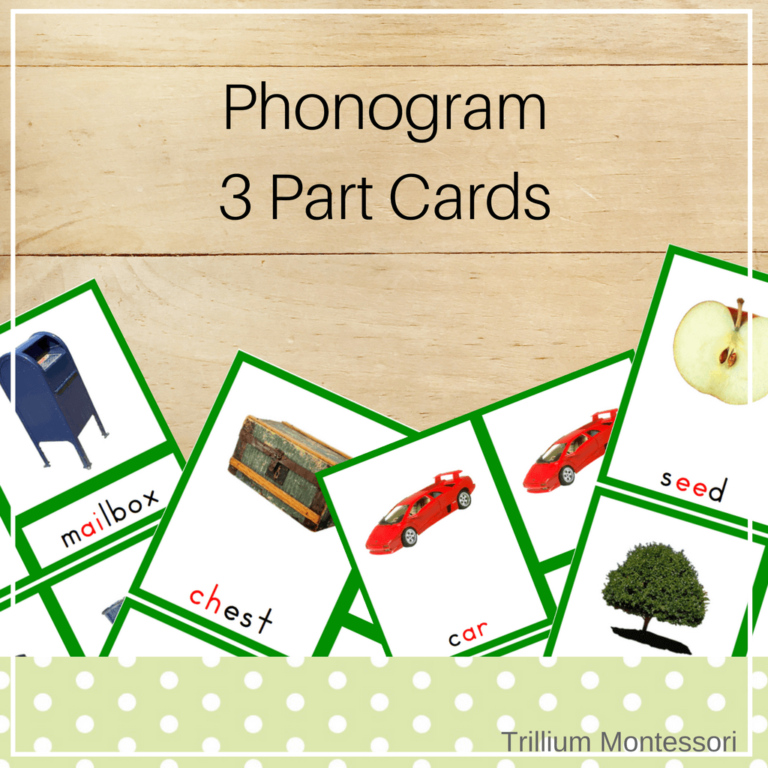
I always teach at least the first 30 phonograms to a kiddo who is a beginning reader, even if the child is already beginning to blend simple words together.
The best way to teach phonograms is the same way you’d eat an elephant – a little bit at a time!
The younger the child, the fewer phonograms you should introduce at one time. Here are approximate guidelines for the number of phonograms to teach at once.
- 3-4 year olds: 1-3 at a time.
- 5-6 year olds: 4-5 at a time.
- 7+ year olds: 5-6 at a time.
It has the 75 most common phonograms on it in a logical teaching order, along with sounds & pronunciation tips for parents. Even kids who already know most letters of the alphabet and letter sounds will benefit from learning phonograms & all the sounds each letter makes.
*Note on teaching order – I do not recommend teaching phonograms in alphabetical order. I compiled the order on my list after studying several major phonogram-based language arts curriculums. Almost all the programs teach the phonograms in a very similar order. Your child may already know some phonograms out of order, and that’s fine… Mark off the ones they already know and teach the rest in order.
Grab some index cards and write one phonogram on each card. (Or grab our phonogram games & flashcards kit pictured below.) Number them as you go, since the order each of the sounds are listed in is somewhat important.
My phonogram flashcards & games kit comes with numbered cards you can print double sided so all the sounds and hints are on the back for parents! Perfect for parents who are learning phonograms alongside their kids (like I did)!STEP 3 – Show your child one card at a time and see what he already knows!*Note: You can skip this step if you want! Just start introducing the phonograms in order on the chart, a few at a time. Some of the sounds, the child will likely already know, and that will just be an easy card for them.
Some of the sounds, the child will likely already know, and that will just be an easy card for them.
In order for the card to be considered “mastered,” the child has to know all the sounds in the correct order. This isn’t a test – don’t make it stressful or high pressure. Just say, “I’m going to show you some letters or letter combinations, and I want you to tell me what sounds each one makes. If you don’t know, no big deal. Just say, ‘I don’t know.’”
Be encouraging. For example: “You’re right! S does say /s/. It’s kinda sneaky though. It also says /z/.” If your child is already reading, you can point out the words was, has, is.
Make 2 piles/ groups as your child tries them out – “mastered” and “needs to learn.”
STEP 4 – Use a tracking chart (optional)In the previous step, you made 2 piles of flaschards – “mastered” and “needs to learn.” This is all the tracking you need to do. BUT, some people love progress charts.
My kids love drawing a line through the phonograms they’ve mastered at the end of each week. Our phonogram kit includes a chart for younger kids that just shows the first 26 sounds in teaching order, and a chart for older kids who are working on all 75. My recommendation is to use the apples chart until the child knows the first 26. Then move to the honeycomb chart and allow the child to say & mark off the first 26 on the honeycomb one right away.
Our phonogram kit includes a chart for younger kids that just shows the first 26 sounds in teaching order, and a chart for older kids who are working on all 75. My recommendation is to use the apples chart until the child knows the first 26. Then move to the honeycomb chart and allow the child to say & mark off the first 26 on the honeycomb one right away.
Mark them off, regardless of where they are in the ‘order’ on the chart. Then put your “needs to learn” pile in number order.
Labeled, sandwich-sized bags are helpful for sorting the piles. Or you can use a small basket with labeled index card dividers, which is what we do. It’s easy to keep everything in order.
STEP 5 – Create a “practicing” pile.Grab the first 3-5 cards from the “needs to learn” pile to create your 3rd group of cards which is the “practicing” group. Make sure you’re going in order from the phonogram chart.
You can store these piles in a little index card holder, with paper clips, or ziplock bags.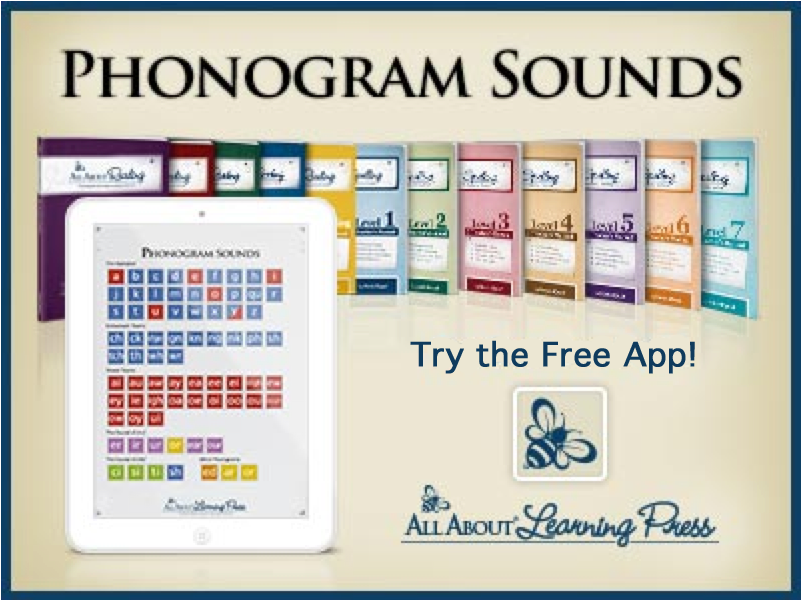
Work on learning the “practicing” phonograms until they’re mastered. As your child masters a sound, put it in the “mastered” pile and then add a new card to your “practicing group.”
I will share several simple phonogram activities, games, and teaching tips through the rest of this post. Use them as you see fit.
3. Review OftenOnce a phonogram has been mastered, you want to make sure you review it frequently. I have our kids practice the phonograms they’re working on Monday – Thursday. Then, we review their mastered phonograms on Fridays.
Usually, we just zip through all the cards in the “mastered” pile and call it a day. Sometimes we play a fun review game if we have time. If the child gets it wrong, it goes to the back of the pile for one more try. If it’s clear that the card actually needs more practice, it goes back to the practicing pile.
Quick & consistent repetition over a long period of time will yield amazing results!
Swat the phonogram review game4.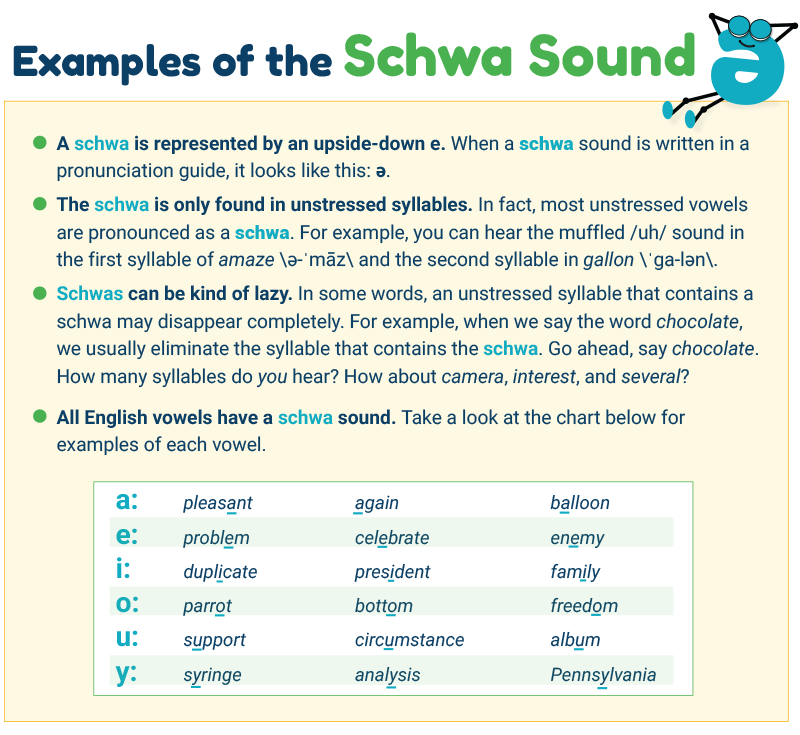 Find Phonograms in Books
Find Phonograms in BooksWhen you learn new phonograms, take time to point them out as you come across them while reading once in a while.
For example, “Oh hey! We just learned that E can say /ĕ/ or /Ē/. Look! /ĕ/ /ĕ/ elephant! And beeeeeee. The 2 different e sounds are in this book.”
This works super well in early reader books designed for young readers. Often, these books use large text, lots of high frequency sight words, and they’re easy for pointing out repeated rhyming vowel sounds, a group of letters, or single letter phonograms.
Point this out occasionally, but there’s no need to do this to the point of exasperation. Which brings me to my 5th phonogram teaching tip.
5. Don’t Ruin All Read-Alouds with Phonics!Reading is supposed to be fun! Keep the activity of reading together a time for bonding and getting lost in a story. It is always beneficial to read aloud to your kids of all ages – these are my 2 favorite books on the topic of reading aloud.
It’s important to enjoy reading when you have a new reader at home.
Learning to read requires a lot of mental energy for your kiddos. They are thinking hard and doing lots of things at once- What’s that letter? What are the vowel sounds? How do I string these together? And what the heck is this book about anyway?
So, when you have a few minutes to read together for fun – don’t ruin it with a phonics lesson 🙂 Just read to them and enjoy the story.
If you want your kids to listen to read-alouds for longer amounts of time, grab some coloring supplies, beads & string, or legos. Studies show kids listen more attentively and retain more of what they read when their hands are busy. My voice almost always tires out before my kids are done listening.
Perler beads are a reading-time favorite around here.6. Use FlashcardsI’m all for hands on learning, and we don’t use very many flashcards in our homeschool… but they sure are convenient for phonograms practice! And phonograms are the foundation of written & spoken language in English.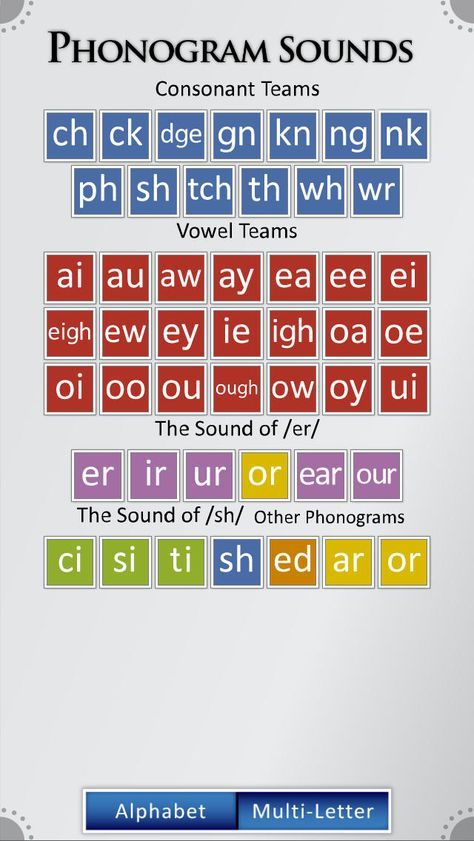
If you act like flashcards are horribly boring, your kids will think they’re boring. If you act like they’re fast, fun, and easy, your kids will probably think they’re fast, fun and easy.
If we are trying to get through phonograms quickly for some reason, we’ll just zip through the flashcards in a traditional way.
Other times, we use phonograms flashcards for simple activities and games.
My phonograms games & flashcards kit comes with 11 no-prep games plus the cards to print double-sided, practice writing pages for all 75 phonograms, and the cute tracking charts!
7. Use Simple Phonogram Games & Activities for Practice & ReviewI’m convinced people have made teaching reading way too complicated. You don’t need a $300 curriculum, picture cards, word cards, 10 step lesson plans, or a 5 day teacher training.
A little bit of practice several days a week over a long period of time will produce amazing results.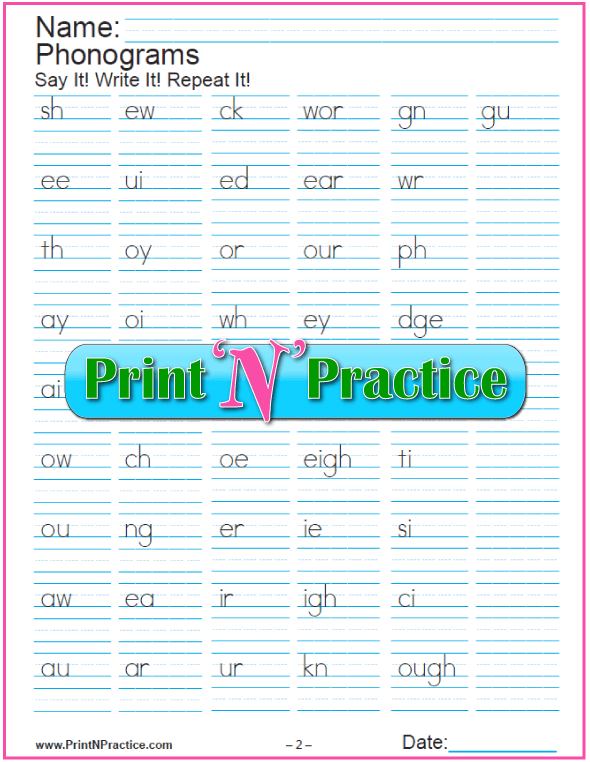 It doesn’t need to be tedious or painful, and there is no rush!
It doesn’t need to be tedious or painful, and there is no rush!
Kids are so easy to please. Use your happy mom voice, call it a “special letter game,” throw in some m&ms and you have a winner!
A couple phonogram game & activity ideas are:
- Memory match – Write each phonogram that your child is practicing on 2 different index cards (better yet, have your child do it!)
- Phonogram fishing – Put paper clips on the phonogram cards your child is working on. Let your child make a fishing pole with a stick, string, and a magnet on the end. Then, have your child fish for phonograms while saying the sounds he picks up. Alternatively, you could say, “Go fishing for the phonogram that says /k/ /s/” and they’d try to find a c.
My phonogram game & card packet has several more games explained, but you can make up your own fun ways to practice too.
Usually, we do games on long winter days when we need exciting indoor activities.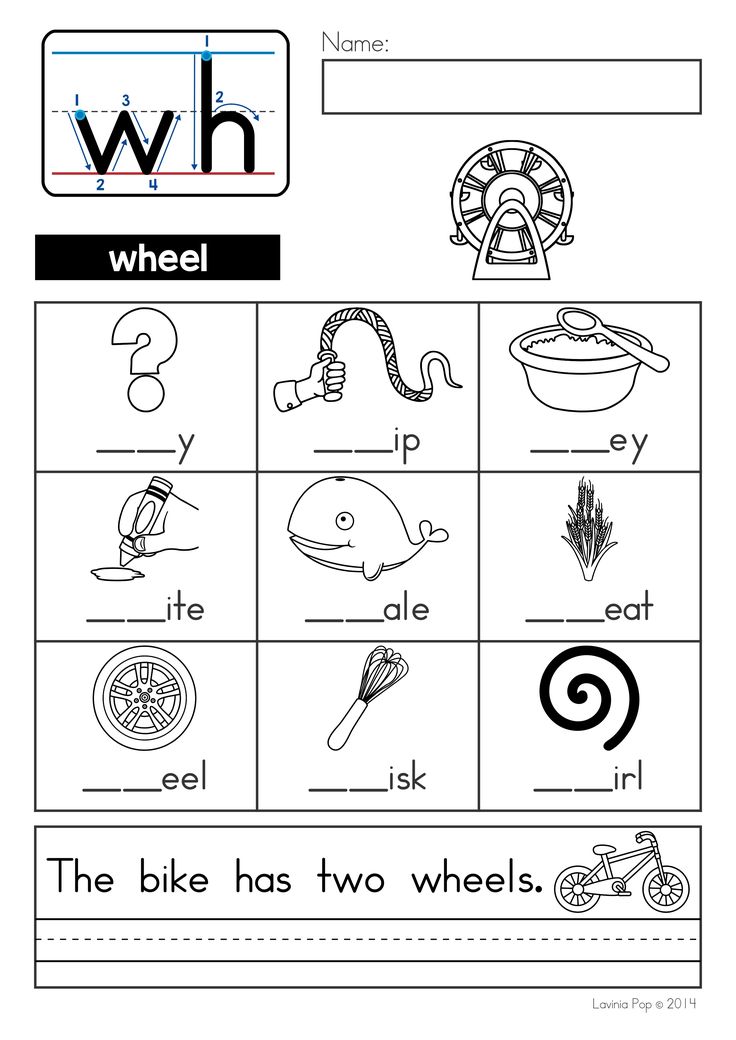 .. When it’s nice out, we tend to just do quick flashcard run-throughs so we can go play outside!
.. When it’s nice out, we tend to just do quick flashcard run-throughs so we can go play outside!
75 ish. There are 26 single-letter phonograms & 50+ multi letter phonograms that are widely recognized in the English language. Then there are many more advanced phonograms as well, but you can save those for when your child is an advanced speller. The first 75 will take you through an 8th grade spelling level.
These phonograms are based on the research methods of Dr. Samuel Orton, Denise Eide, & Ronalda Spalding. Many popular homeschool phonogram based programs are connected in some way to one or more of those people.
There is a little variety between each researcher’s detailed instructions, but the small differences don’t matter.
When do I start teaching phonograms?Whenever you want! If your preschooler seems eager to learn letter sounds, start with some phonogram flashcards and teach 3-4 at a time. Once the child masters the sounds of those few, move on to the next few.
Once the child masters the sounds of those few, move on to the next few.
You can also wait until kindergarten or first grade.
Phonograms vs. consonant blendsYou may notice some phonics programs include practice activities for combined sounds such as: br, fl, st, or tr. Those are technically not unique phonograms, but are rather 2 individual phonograms blended together.
Though it’s fine to practice these combinations of letters, they’re more accurately called “consonant blends,” not phonograms. Phonograms focus on a single sound.
The Good and the Beautiful Language Arts program (which I love) incorporates flashcard practice with blends like that, but they are technically different from the 70-75 unique phonograms.
Many children will not need to practice consonant blends in order to learn to read. Practicing the 70-75 phonograms along with building words and reading from books will be sufficient.
The main reasons to practice consonant blends are helping with fluency and ease.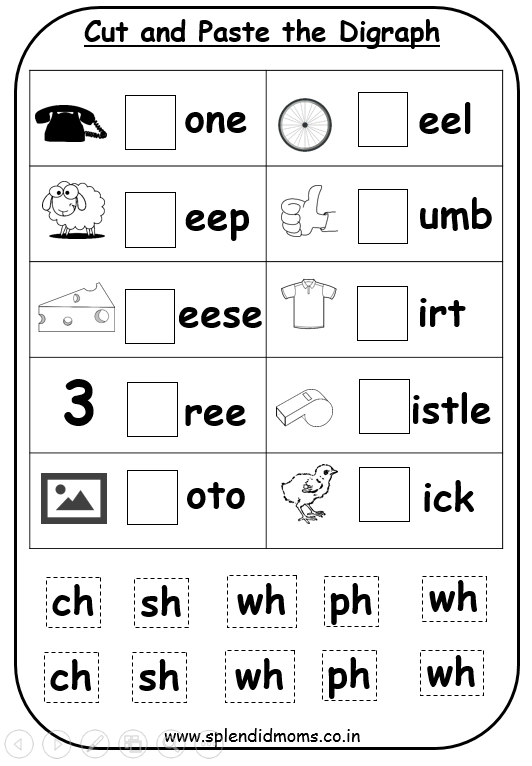 Many children who are fluent in the first 26 phonograms naturally start blending those consonants together with ease.
Many children who are fluent in the first 26 phonograms naturally start blending those consonants together with ease.
However, if you find your child has trouble with a specific consonant blend, you can write out a list of phonetic words that start and end with that blend for additional practice.
For example, if your child has trouble pronouncing ST… write out: stop, stat, stint, stand, past, fist, lost. Demonstrate clearly & slowly with your mouth how to form the S and T. Have your child practice the sounds slowly too.
Don’t expect mastery in one day & don’t work to the point of exasperation! It’ll come.
Why teach with phonograms?The short answer to that question is – learning phonograms makes reading and spelling easier!
If you know the phonograms and spelling rules, you can use them to spell many English words.
Here’s a quick example of a 7 year old sounding out two easy spelling words.
The slightly longer answer to “why teach phonograms” is…
Phonograms are the basis of reading & spelling in the English language. Many languages have a completely phonetic alphabet where each symbol (letter) only has one sound. English, though sometimes made fun of for being illogical, is just more complex than the purely phonetic languages. It’s been influenced by many other languages and has 45 sounds made up of 75+ combinations of sounds. The sound of long A can be spelled 8 different ways…
- a – baby
- a_e – cake
- ai – rain
- ay – play
- ei – reindeer
- eigh – weight
- ea – steak
- ey – they
Learning to read happens as your child learns what sounds the phonograms stand for and how to blend them together to form words.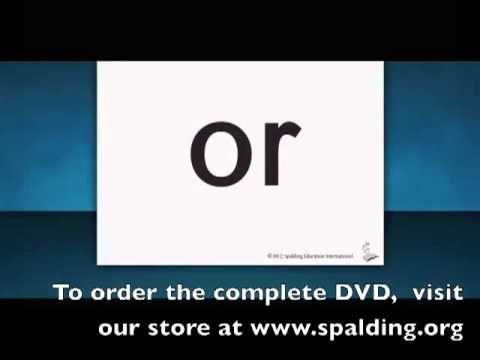 (Eventually, of course, this process becomes automatic and you can read words made up of phonograms without even thinking about it.)
(Eventually, of course, this process becomes automatic and you can read words made up of phonograms without even thinking about it.)
Learning English spelling happens as your child learns to break apart (segment) words into sounds and learns how to write out each of those sounds with the correct phonograms.
Decades of research in cognitive science and literacy instruction reveals traditional phonics methods and programs that use phonograms as the foundation – are the most successful in teaching kids to read and spell.
If you want a reeeeeeally long answer, check out the book, Uncovering the Logic of English (Eide). It’s a bit of a snooze-fest because it’s an entire book about the structure of the English language! But, it’s interesting & you’ll have a lot of “ah ha” moments while reading.
How is a phonogram different from a phoneme?Phoneme = sound
Phonogram = symbol
Phonemes are the smallest units of spoken language – they are the sounds that make up a language.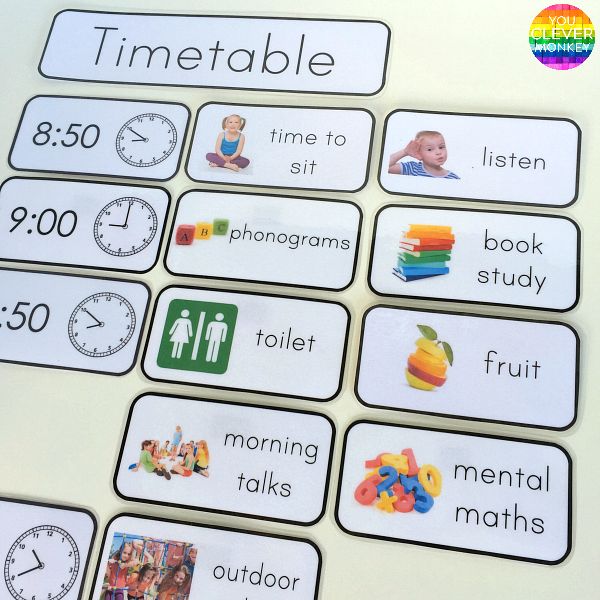
A phonograms is a written symbol used to express a sound. (i.e. the letter or letter combinations)
A grapheme refers to a written character that symbolizes a sound, so phonograms are one type of graphemes. Chinese characters would be an example of a different type of grapheme.
For example, there are 3 phonemes (sounds) in the word “weight”: /w/ – /ā/ – /t/
Those 3 phonemes are represented by 3 phonograms (symbols): w – eigh – t
The second phonogram in the word weight has 4 letters! 🤪
What should my child read as a beginning reader?NOTEBOOK – At first, your child can just read lists of words. Grab a brand new spiral notebook & call it your child’s special “word notebook.” You or your child can fill it with words and phrases they can read. Just add a few words each day… You don’t even need to organize the lists by sounds.
The child may write the words, but he doesn’t need to write the words.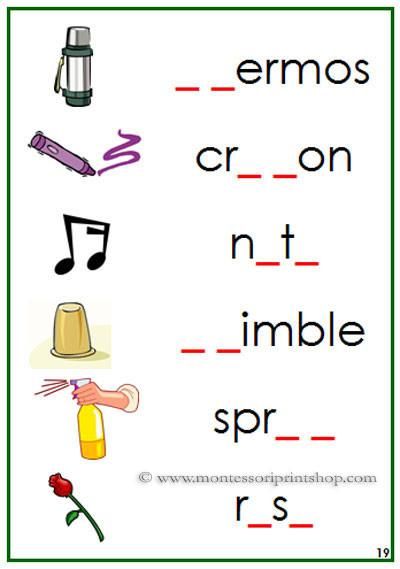 Young children who are eager to read may not be ready to write as quickly as they’re ready to read.
Young children who are eager to read may not be ready to write as quickly as they’re ready to read.
This notebook method is simple & kids love flipping through their notebook to practice.
DRY ERASE – Mini dry erase boards are our most used school supply. You can write one word at a time for kids to sound out. It’s fun to make silly, simple sentences. “I am a cat.” “That cat is fat.” “I love mom.”
In the picture below, I spoke the beginning sentence and let my 6 year old finish it… He was very pleased with himself on that last sentence. 🙄 Ha!
EASY BOOKS – Eventually, grab a few easy reader type books from the library. (Or, if you’ll be teaching multiple kids to read, purchase them as your budget allows.)
100 EASY DAYS PASSAGES – If you want something very systematic, you can start with Teach Your Child to Read in 100 Easy Lessons. It has passages that get increasingly difficult.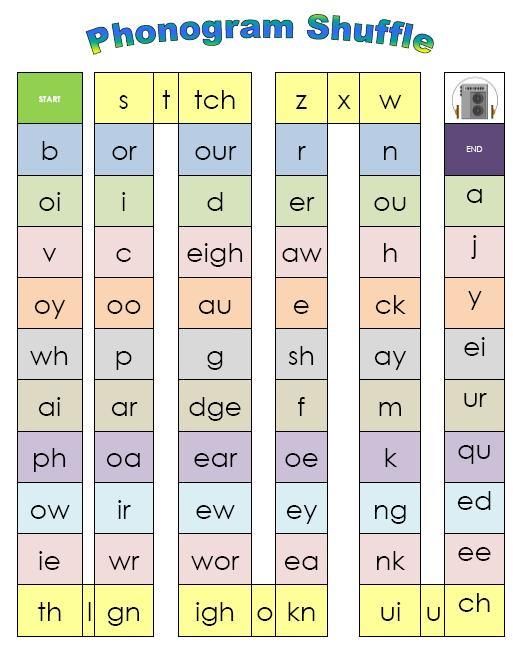 You don’t have to follow the lessons word for word, but it can still be helpful for a simple way to do leveled passages. We used this to varying degrees with each child, and always covered up the picture while reading the story. After reading it once, our kids seemed to love uncovering the picture – ha! Guess they’re easily amused.
You don’t have to follow the lessons word for word, but it can still be helpful for a simple way to do leveled passages. We used this to varying degrees with each child, and always covered up the picture while reading the story. After reading it once, our kids seemed to love uncovering the picture – ha! Guess they’re easily amused.
Otherwise, don’t stress about which readers to get. Not every single thing your child reads has to be at the perfect level. The point is for them to practice sounding out words and realize that there are little books they can read by themselves.
Gauge what you give them to read based on their frustration level. If your child gets easily frustrated, use one of the first two options on my list below. They are much shorter and more accessible!
What are a few phonogram based homeschool curriculums I can use at home?It can feel overwhelming to choose curriculum for homeschooling in the early years. If you have a 4-6 year old, keep your life simple! Just use the phonogram teaching steps & games listed in this post and then read this post about how to introduce reading words.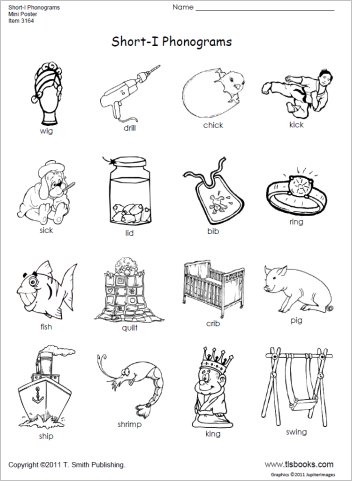
Grab a few BOB books and other early reader books and show the child how they can combine phonograms to make words.
And, be patient!! Reading is complicated and it takes time.
If you want to try an open-and-go curriculum, here are 5 that we’ve tried & can recommend, although I want to re-emphasize, none of these are necessary for the young reader.
The Good and the BeautifulThis is a complete language arts program that is free to download for Kindergarten – 8th grade… however, it has a TON of pages & the color illustrations & art prints are part of what makes it beautiful. Plus, each leve comes with extra books. I recommend using the free downloads as trials and then ordering from the company once you know you’ll use it.
TGTB is VERY reasonably priced, which is part of their whole mission. I love this company! Their curriculum is simple, beautiful, and very effective.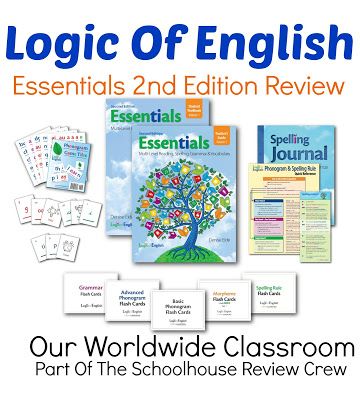 It teaches reading in a sequential, multi-sensory, cumulative way. Plus, it includes poetry memorization, art/ picture study, and narration. This is probably my favorite option for a lot of reasons!
It teaches reading in a sequential, multi-sensory, cumulative way. Plus, it includes poetry memorization, art/ picture study, and narration. This is probably my favorite option for a lot of reasons!
However… it’s never worked for my kids because we did the phonogram process. Haha! So, any time I’ve tried a level of TGTB, they’ve been bored with all the reading instruction because the phonograms are more efficient.
Logic of Englihttps://logicofenglish.idevaffiliate.com/1170.htmlshThis program is in-depth, multi sensory, & sequential. There are tons of quick, no-prep games and activities. The downside is it’s a bit on the pricey side, and has lots of moving pieces. It’s not the simplest way to learn to read. But, it’s very thorough. You can reuse many of the materials with multiple kids.
Many homeschool moms RAVE about Logic of English. It’s extremely effective & totally open-and-go.
All About Reading/ SpellingAAR is nice for a young reader because it’s all hands-on based.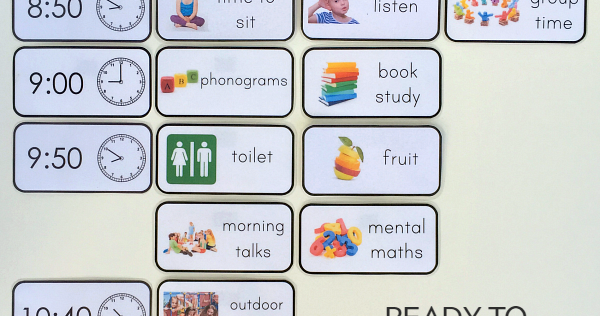 They offer reading & spelling separately, so you can take them at their own pace, rather than teaching them alongside each other.
They offer reading & spelling separately, so you can take them at their own pace, rather than teaching them alongside each other.
I did this for our first child – taught reading & spelling separately. It’s very common & worked out fine! Eventually, however, I became convinced of the benefits of more slowly teaching all the phonograms thoroughly and practicing reading and spelling alongside each other while learning to read. This has worked wonderfully for our 2nd and 3rd children. To that end, I prefer Logic of English over All About Reading.
However, AAR is very well done & consistent with an Orton-Gillingham based approach & I’d definitely recommend it.
Spell to Write & Read (SWR)SWR is based on Spalding’s Writing Road to Reading & is also very similar to Logic of English in method. But, it’s quite a bit more complicated for teachers/ parents than LOE. On the other hand, it’s much cheaper and set up in a more flexible way.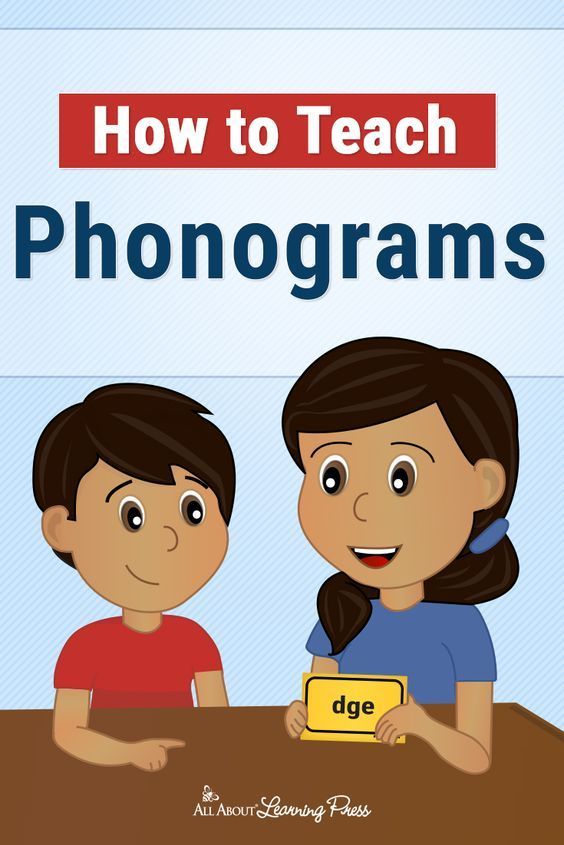
You spend $100 on 3 things up front, and you’re set for your child’s entire reading & spelling education through 12th grade level spelling.
*Program note – You need the Spell to Write & Read Manual along with the Wise Guide for Spelling. The program’s flashcards are useful too. Plus, you’ll need to purchase a learning log for each child every year: K-2, grade 3+
If you’re on a tight budget and willing to figure it all out, it could be a good fit for you.
My kids attended a university model homeschool program that used this for spelling, and it really grew on me! The enrichment activities are simple, and it reinforces all spelling rules consistently throughout the program. It’s also efficient because you can use the same materials for multiple children.
But I wouldn’t necessarily recommend it to a parent looking for something that’s truly “open-and-go.” It takes a little persistence to figure out how to use it!
Teach Your Child to Read in 100 Easy DaysI used this program for the first time when our oldest turned 4.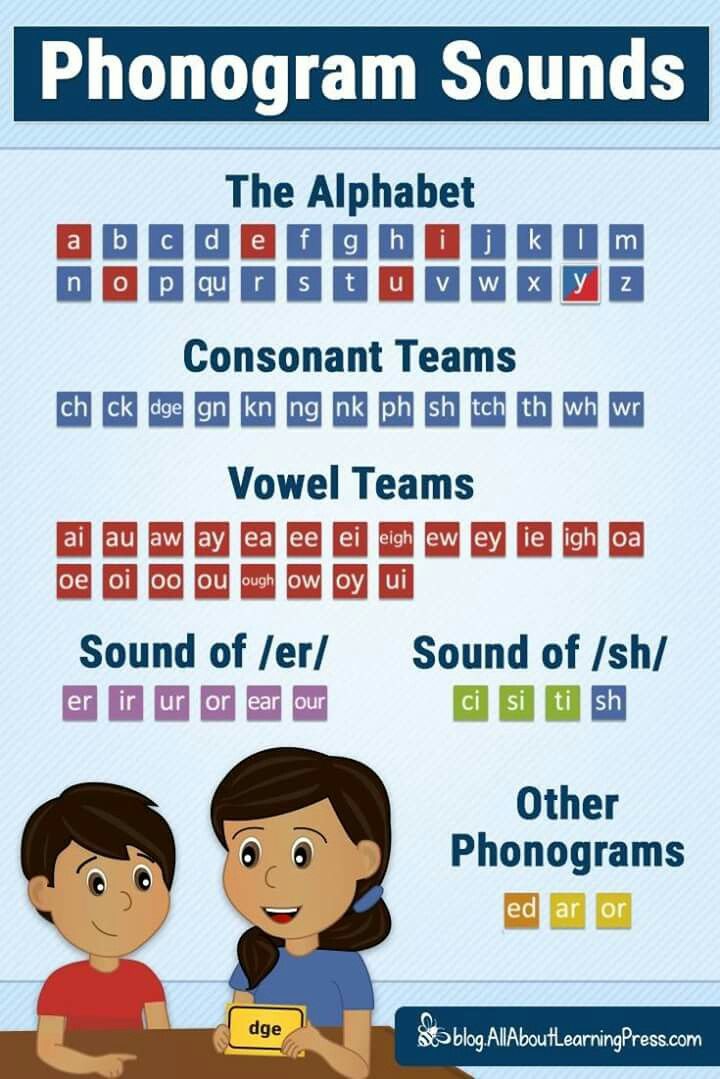 I learned a lot from it and used it with my second & third children too, although more as a resource for passages, not as an instructional method.
I learned a lot from it and used it with my second & third children too, although more as a resource for passages, not as an instructional method.
Reading came more quickly for the next two kiddos because they “accidentally” learned the first 26 basic phonograms alongside older siblings before I started reading lessons with them.
It’s inexpensive and nice for getting a jump start! Here’s an interesting article that mentions this book & the national phonics curriculum debate.
I sometimes recommend this book to parents who feel hesitant about getting started because the parent-introduction outlines the whole learning-to-read process, and the lessons provide clear scripts for what to say. Even if you only use the first half of it with your child, it will likely be helpful. Plus it’s usually under $20, so you don’t have much to lose!
It was immensely helpful for me with my first child & she loved the way you read first and then uncover the picture of the story she read.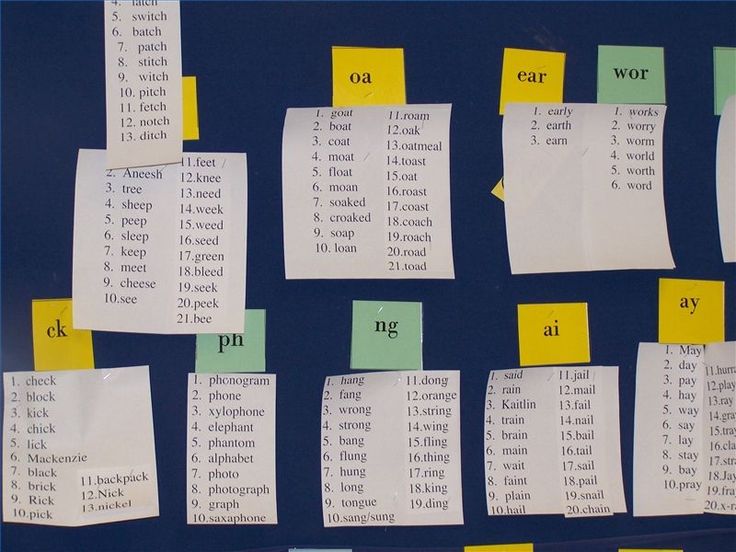
However, many people complain that it becomes tedious. And I agree. When that happened for us, we just ditched it and switched to early-reader type books.
We never used the handwriting exercises included in this book. I taught that separately.
Our Favorite Books for Beginning Readers For Very Very Beginning Readers and/ or Easily Frustrated Kiddos- BOB books – Beginners Set 1, Advanced Beginners Set 2, Word Families Set 3
- The Good & The Beautiful Boxed Sets: A, B, C, D – they now have an entire leveled library of good books with pretty pictures.
Ask your children’s librarian where the very early reader section is in your library. They will have a ton!!
If you want to purchase some, these are a few of our absolute favorites that our first 2 readers have read over and over.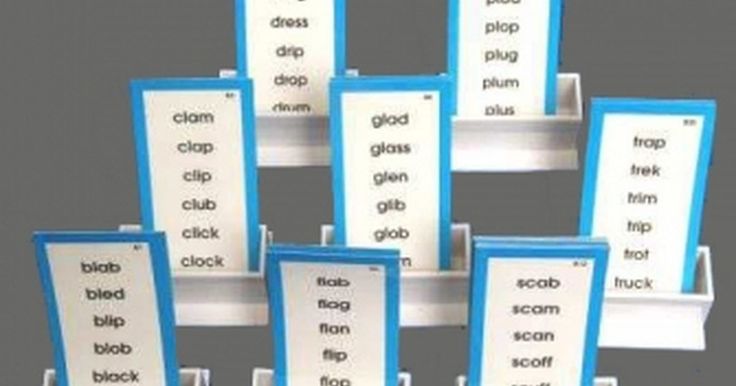 I think the paperback versions are all under $5.00 on Amazon! Here’s my list, all in one spot!
I think the paperback versions are all under $5.00 on Amazon! Here’s my list, all in one spot!
When my oldest child turned 4, she kinda sorta seemed interested in reading. That seemed young to me, but I didn’t know any difference, and we knew a couple other kiddos who started reading at that age.
So I did a few Google searches, grabbed Teach Your Child to Read in 100 Easy Lessons, and hoped for the best.
None of it was perfect! I had never taught anyone to read before, and I didn’t know anything about the philosophical debate between phonics-based vs. balanced literacy. We were often interrupted by another child, and we missed several of the days.
But she learned to read.
And it was like watching the most beautiful glowing lightbulb click on. Her entire world expanded as she realized everything in print was accessible to her.
I still remember how sweet it was to be driving around listening to her sound out the words on all the signs; or watching her realize she could read instructions to a new game; all of the library book covers suddenly weren’t just pictures.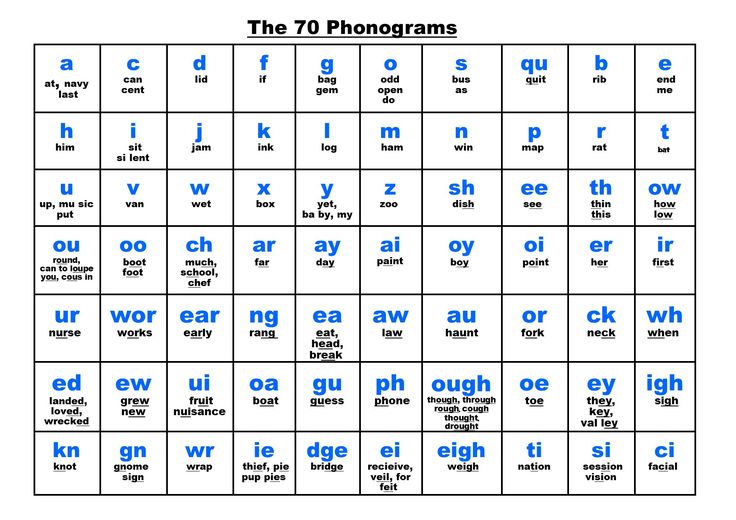
You don’t have to execute any of this perfectly. All of my tips & resources are meant to be guidelines to help you in the journey. But, don’t let perfectionism get in the way.
- Print the phonogram list or grab our entire phonogram kit!
- Make up some games
- Grab some BOB books and Dr. Seuss
- Dive in and watch the magic unfold!!
Lessons of creation of phonograms online | My Dream
Online courses for creating phonograms is the creation of a simple or professional quality phonogram for a playing or singing soloist. Remote online lessons for creating backing tracks will also be of interest to music workers, vocal teachers, vocalists, and all those who want to learn how to create simple backing tracks for educational or concert purposes.
Creation of phonograms requires knowledge of the capabilities of a synthesizer, a computer and the necessary programs, as well as knowledge of the laws of harmony, acoustics, musical styles and trends, timbre capabilities of virtual instruments.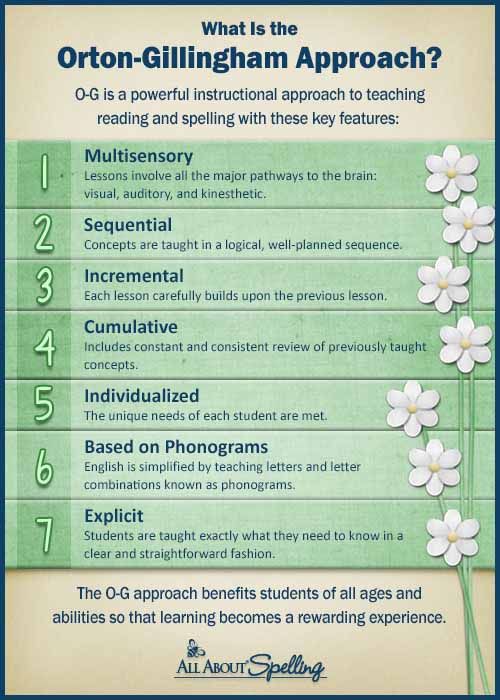
Online training in creating phonograms is conducted remotely with a teacher via video link (Skype and other applications). Training programs are tailored to your musical skill level goals. You can study regularly according to the schedule or get any number of lessons according to the free schedule. Payment is made monthly or by the hour.
1. Basic online course for creating phonograms
Duration of training: 24 lessons of 60 minutes + trial lesson. The basic course program includes:
- Fundamentals of creating phonograms. Determining the purpose of creating a backing track.
- Acquaintance with the methods of creating phonograms (synthesizer, computer, changing an existing phonogram) and setting up equipment.
- Determine the styles you want to create your compositions in and learn about their features.
- The concepts of timbre, register, accompaniment, harmonization, mixing.
- theoretical initial knowledge about the sequencer and processing effects, styles, techniques and forms of musical works.
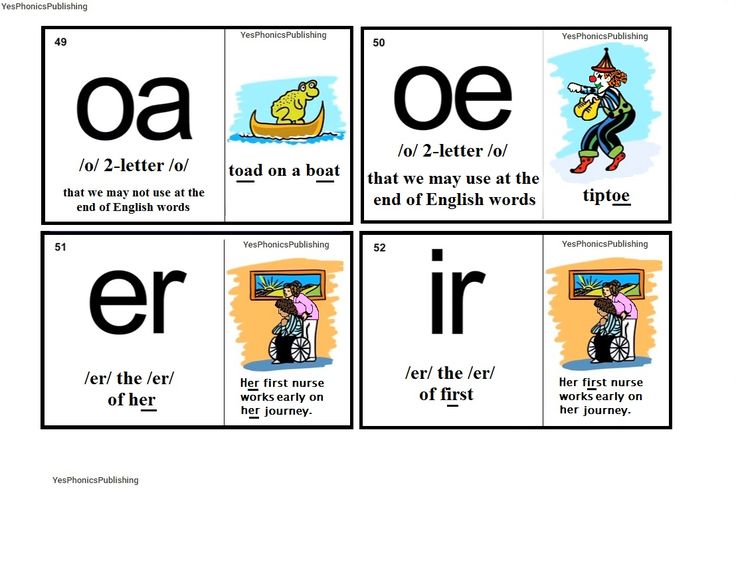
- Acoustic phonogram processing
- Creating in practice the simplest soundtracks in the selected styles.
2. Advanced online course for creating phonograms
Duration of training: 48 lessons of 60 minutes + trial lesson. The advanced course program includes:
- Basic course of creating phonograms.
- Studying the features of virtual instruments that the phonogram creator wants to use in his work.
- Mastering more complex harmonic, rhythmic and stylistic structures.
- Settings for plug-ins and effects of sound processing.
- Learning the basics of acoustics and acoustic preparation of the room.
- Mixing and mastering, acoustic processing of the phonogram.
- "Removal" of phonograms and backing tracks
- Fundamentals of arranging, instrumentation and orchestration and setting up a home recording studio (optional).
3. Individual online lessons for creating phonograms
You can get any number of lessons or consultations on the issues of creating backing tracks that interest you, learn only certain skills to choose from (examples can be found in the training programs above). The duration of training depends on your skill level and your goals, which can be immediately indicated in the application for lessons.
The duration of training depends on your skill level and your goals, which can be immediately indicated in the application for lessons.
You can expand and strengthen your knowledge in online lessons of solfeggio, arranging, composing and creating electronic music.
Share
How to learn to sing from scratch
Many at one time dreamed of learning to sing and conquer the stage with their voice. We eagerly look at famous singers who enchant the ears of millions of people with their vocals, believing that such talent depends solely on innate qualities. Undoubtedly, if nature has endowed you with a good and pleasant voice, this will give you a good head start in teaching vocals. Fortunately, this is not a prerequisite and the vocal cords do not always predetermine a person's ability to sing. For everyone who wants to try his hand at vocals, MuzShock has prepared a series of tips on how to learn to sing from scratch.
Learning to sing beautifully and easily
Of course, you should not expect a quick result, because the development of voice, ear for music, the ability to hold and adjust the timbre require long training and practice.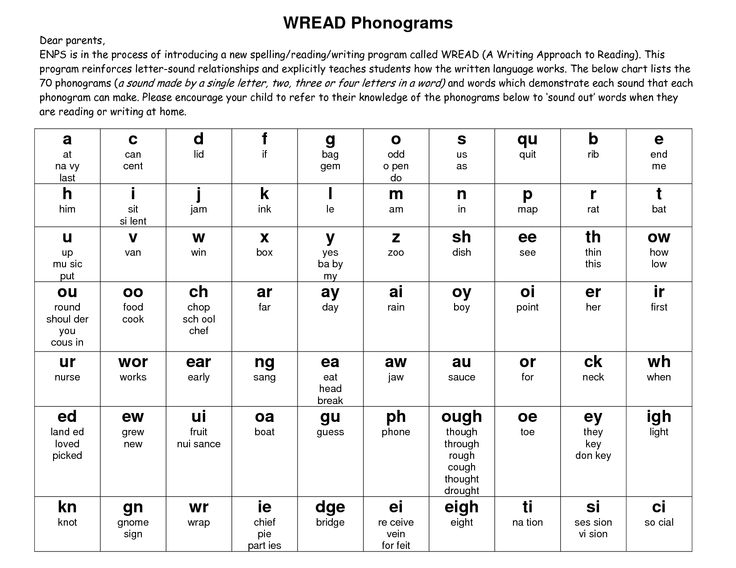 To get an idea of which direction to take and where to start, read the following guidelines:
To get an idea of which direction to take and where to start, read the following guidelines:
- The first steps in the development of vocals should begin with singing individual notes to the appropriate melody. Each of the twelve notes requires a change in the timbre of the voice, which at first will be difficult to give, but you should not be upset.
- Try to match the melody of the player or musical instrument while singing.
- If you know any singer who practices a performance close to yours, you can use them as an example. Try to repeat their tone and tact.
- Develop diction and articulation. A good tool here will be tongue twisters. Please note that when performing a song, the last syllables of verses and words are often remembered, which in everyday speech people often have the habit of “swallowing”. Learn to pronounce each phrase clearly.
- Don't skip workouts or take too long breaks. Developing your voice and musical ear requires regular practice on a daily basis.
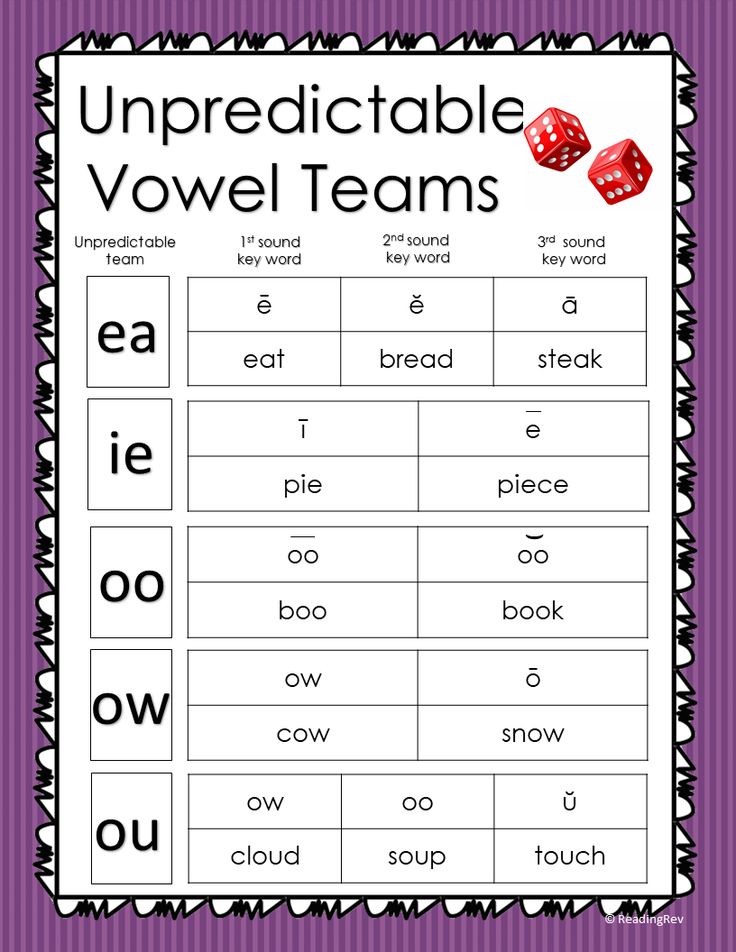 Take at least an hour a day to repeat the exercises.
Take at least an hour a day to repeat the exercises. - Karaoke is also great for developing your singing skills. Try to repeat famous songs, copying the tone of their artist's voice.
- Decide on the genre of performance that is right for you. Depending on how low and bass nature has endowed you with a voice, consider different directions in vocals (for example, not everyone can pull the hoarse baritone of the same Vysotsky or the high Adam Lambert).
- Practice singing without musical accompaniment from time to time so that you can hear your own voice clearly and not mix with the composition.
- Take care of your throat and vocal cords. In the cold season, they can be very easy to catch a cold, which will also affect the voice. In this case, you should not tear yourself up with intensive training until the moment of recovery.
It should be added that all workouts should be recorded on a voice recorder or a better sound recording device.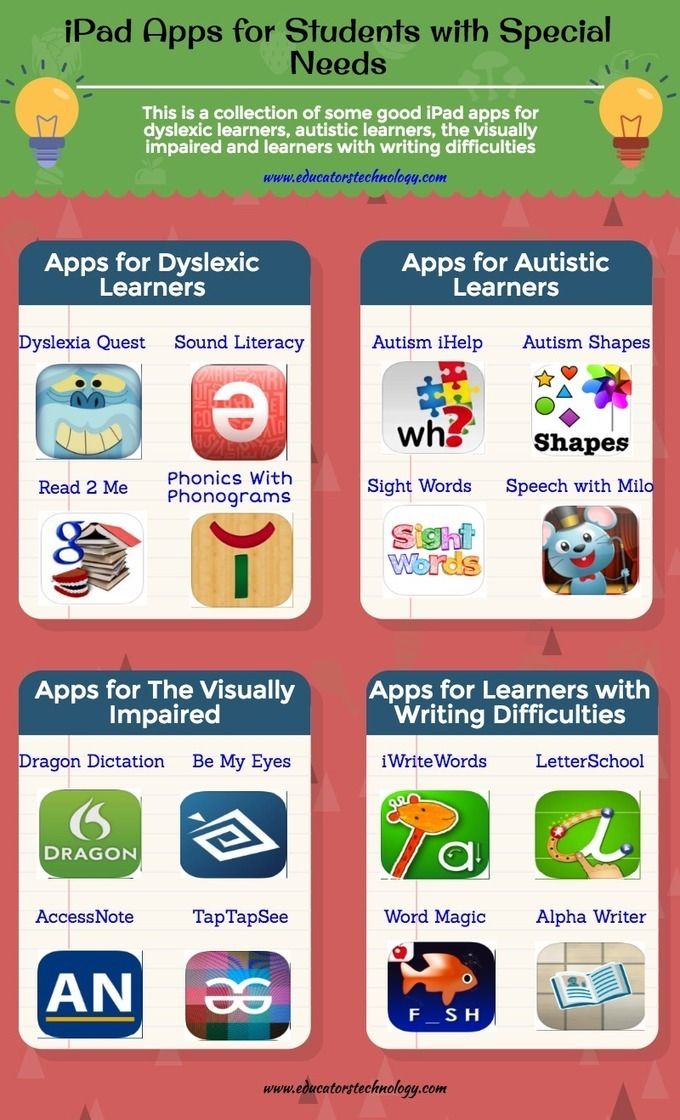 Listen to yourself after the exercises, noticing mistakes and bad moments. Still, until now, not all people know how their voice actually sounds from the outside.
Listen to yourself after the exercises, noticing mistakes and bad moments. Still, until now, not all people know how their voice actually sounds from the outside.
Breath development
To learn how to sing from scratch on your own at home, it is important to pay attention to such an aspect as proper breathing. Professional performers often perform songs with long and uninterrupted verses, which causes sincere admiration. They would not have succeeded if the singers did not know how to breathe correctly, without breaking their voice and not knocking down its timbre during inhalation or exhalation. The following tips are designed to do just that:
- While singing, keep your breath strong but short. Try not to knock down their voice, making exhalations imperceptible to the listener.
- Learn to take deep breaths through your nose, thereby breathing with your belly. This type of breathing has much less effect on the tonality of pronunciation and rhythm.

- When following the previous advice, it is worth trying to put your hand on your stomach, straightening up, and thereby control breathing through your nose.
Ear work
Without a developed ear for music, all your efforts will be useless, because it is impossible to learn how to sing beautifully without being able to distinguish it. Musical means the ability to hear the difference between different notes and their transitions. Not all people have such abilities, but, fortunately, this is quite fixable:
- Musical ear is divided into two types - relative and absolute. The first is based on the principle of comparing different tonal sounds, thus distinguishing one from the other. The second is the next stage of development and your ultimate goal, making it possible to distinguish all notes.
- It does not hurt to contact a specialist or a person with certain talents in the musical field, who could guide you, correct and give constructive criticism of errors and advice on how to eliminate them.

Learn more

